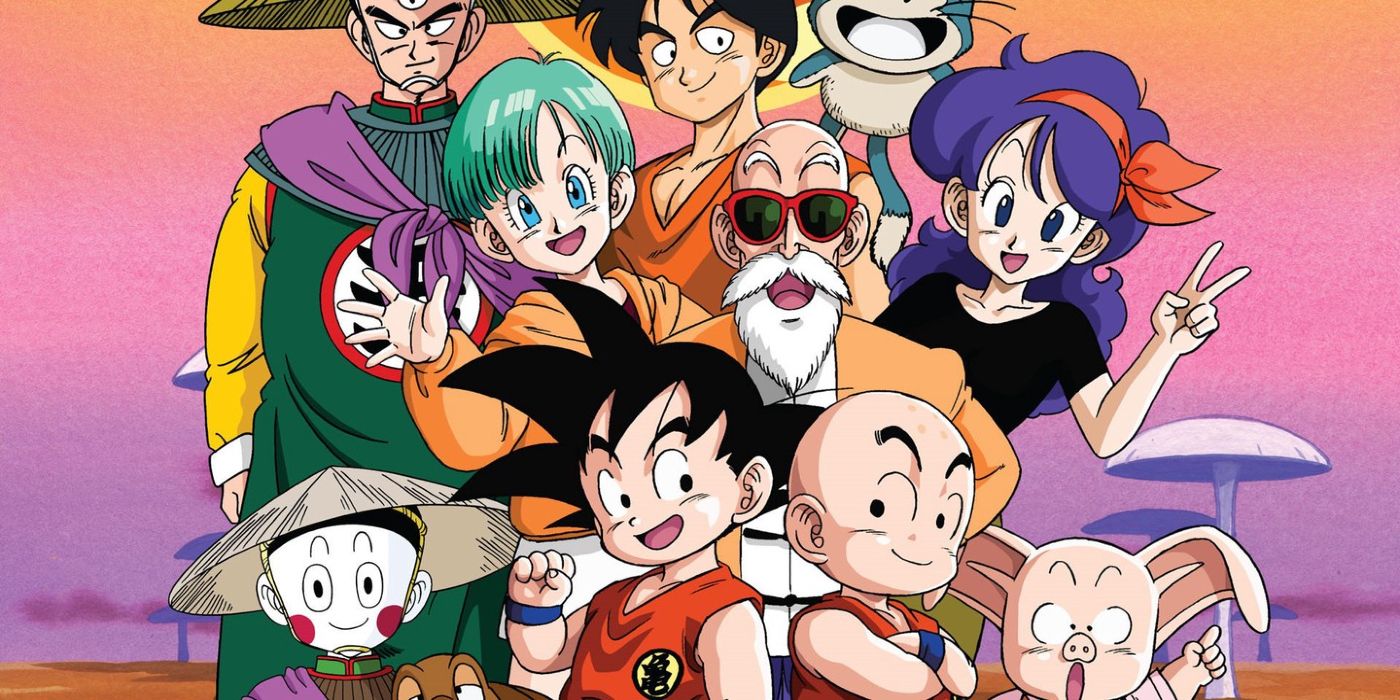
However, numerous individuals from the Kanto region were able to record each episode of Dragon Ball and Dragon Ball Z on their VCRs and upload the audio of each recording online decades later. Because optical audio degrades at a significantly faster rate than magnetic audiotape, the audio present on Toei's 16mm reels experienced a drastic loss of quality by the time they were brought out of storage 7 to 17 years later, featuring higher amounts of white noise & tin and sounding more muted than the master tapes.īecause anime studios usually didn't provide distribution copies of their audio masters for foreign regions at the time (as dubbing was the most popular choice back then), Toei has never made any efforts to recover the lost audiotapes. Because Toei no longer possessed the audio they needed, all home media releases featuring the show's Japanese audio utilized the optical sound taken from their film reels. Toei finally decided to unearth their reels for Dragon Ball and Dragon Ball Z for DVD releases in Japan. However, this attitude changed around the 2000s, when Dragon Ball Z experienced a boom in popularity in the United States. Adding to the fact that 16mm film reels and magnetic audiotape reels occupied the same amount of storage space, Toei decided to continue wiping master tapes under the impression that they would be useless and voluminous if they were simply left in storage untouched.

#ORIGINAL DRAGON BALL EPISODES TV#
Toei, however, was very skeptical about home media, viewing the sale of TV shows to children in a negative light. The rise of home media in the 1980s further compounded this, motivating more and more studios to hold on to their masters to ensure the highest quality releases for consumers. However, production studios eventually started to retain their master tapes in the late 1970s, when TV stations began broadcasting shows with the master audio.

It was easier to broadcast and store optical audio, which is stored directly on the film reel rather than occupying a separate unit. This procedure was considered standard for the first two decades of the TV anime industry's life.

Photograph of a Dragon Ball Z film reel the optical audio is the area surrounded by the red rectangle.Īfter the initial broadcast of each episode, Toei would wipe its audio master. While the shows proved to be immensely popular with audiences, Toei ran into considerable difficulties when it came to releasing them on home video: they had already junked the audio master tapes for the entire series. It would quickly gain two anime adaptations by Toei Animation: Dragon Ball (which covered the first 194 chapters of the manga and ran from 1986 to 1989) and Dragon Ball Z (which covered the remaining 325 chapters and ran from 1989 to 1996). The manga's popularity helped codify many tropes of the newly-emerged fighting genre. Composed of 519 chapters in 41 volumes, the manga chronicled the adventures of the monkey-tailed boy Son Goku as he searched the world for seven mystical objects known as "Dragon Balls," which would summon a dragon when brought together to grant a single wish. Date found: 21 June 2017 (Dragon Ball Z) / (Dragon Ball)įound by: sarachikorita (Dragon Ball Z) / Unknown (Dragon Ball)ĭragon Ball ( ドラゴンボール, Doragon Boru) is a manga that ran from 1984 to 1995.


 0 kommentar(er)
0 kommentar(er)
